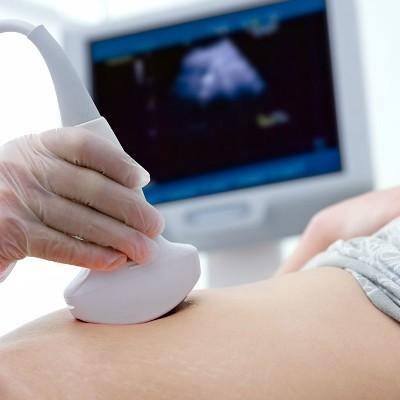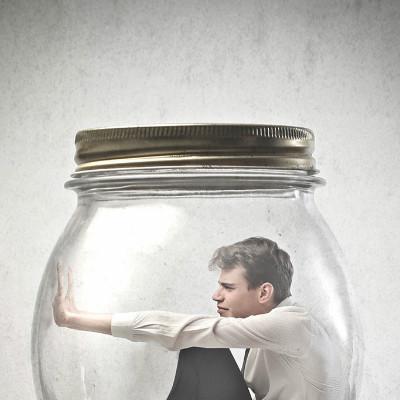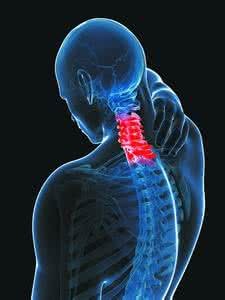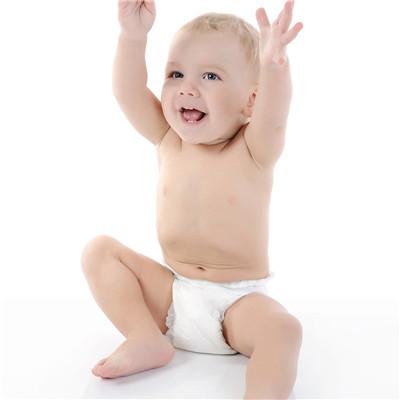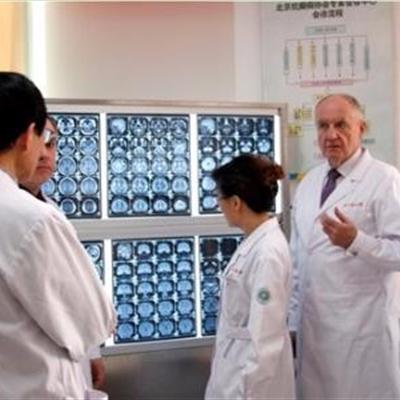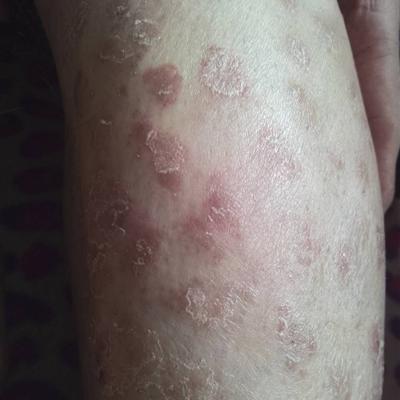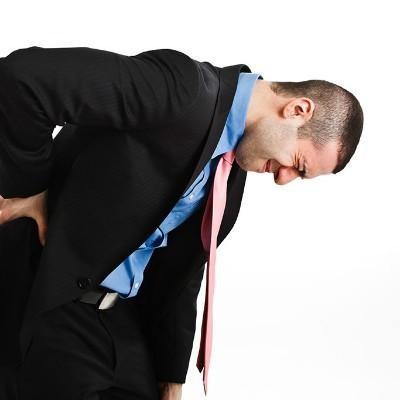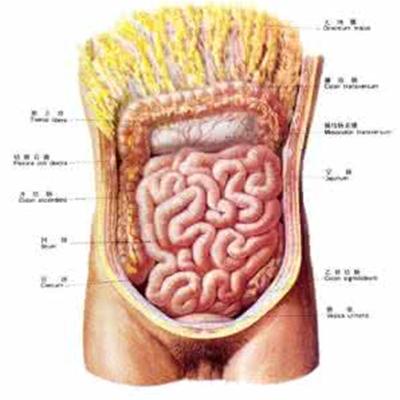What symptom does migraine have?
summary
Clinically, it is characterized by paroxysmal severe headache on one side. In severe cases, it can affect the whole head, accompanied by nausea and vomiting. Migraine is a common disease, mostly in women, about half of them have family history. The occurrence of this disease is related to endocrine disorder and disturbance of water and salt metabolism. Mental stress, overwork, poor sleep, climate change, strong light stimulation, hot sun irradiation, mild hypoglycemia, drinking and the use of vasodilators are the causes of migraine attack. What does the symptom of migraine have? Let's talk about it.
What symptom does migraine have?
1. Aura: typical migraine attacks before the emergence of transient neurological symptoms, namely aura, the most common visual aura, especially visual field defect, dark spots, flash, gradually increased to spread around, as well as visual deformation and object color change, etc; Secondly, somatosensory aura, such as numbness of one side of the body or face, paresthesia, less movement aura. The aura lasts for several minutes to several hours, and the duration of complex migraine is longer.

2. Headache stage: accompanied with aura symptoms, or followed by unilateral temporal or orbital pulsatile headache, it can also be total headache, unilateral or bilateral frontal headache and uncommon occipital headache. It is often accompanied by nausea, vomiting, photophobia or fear of sound, irritability, odor terror and fatigue. It can be seen that the temporal artery is prominent, the activity of the head and neck is aggravated, and the headache is alleviated after sleep. Most patients have headache for 2 hours to 1 day, and children have headache for 2 to 8 hours. Headache frequency is variable, more than 50% no more than once a week. In the second week or the third quarter of pregnancy and postmenopausal women, the seizure often alleviates.

3. Late headache: after headache subsides, there are often fatigue, tiredness, weakness and poor appetite, which can be improved in 1-2 days. The most common type of migraine, accounting for about 80% of migraine. There is no typical aura, common bilateral temporal periorbital pain, can be pulsatile. Attacks often have scalp tenderness, vomiting, occasionally can stop headache. In clinical trials, compression of ipsilateral carotid artery or superficial temporal artery can relieve headache.

matters needing attention
Hope to arouse everyone's attention, and actively do a good job in early prevention. For patients with migraine to actively treat, scientific and effective treatment is the key to migraine rehabilitation.


